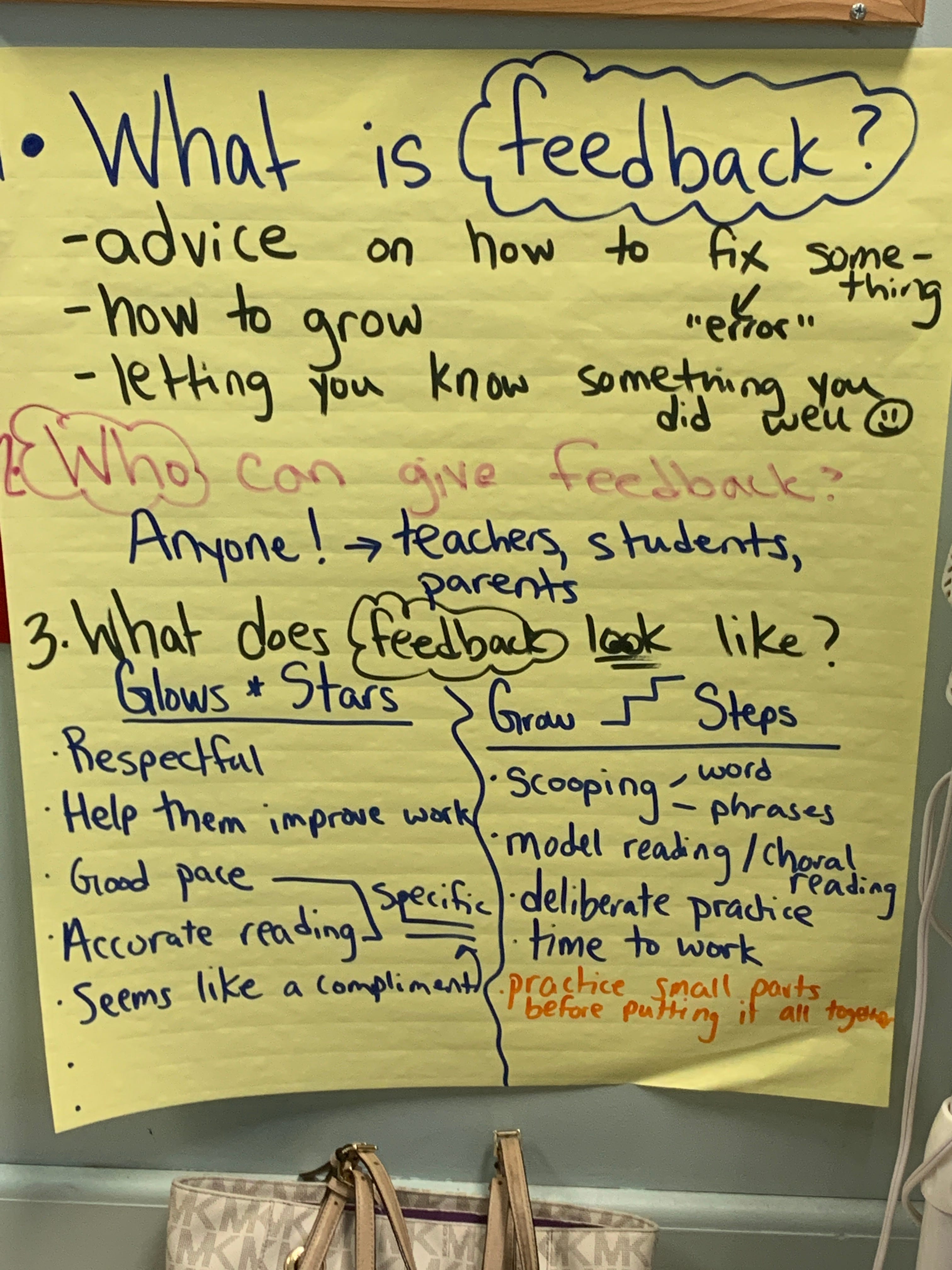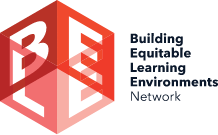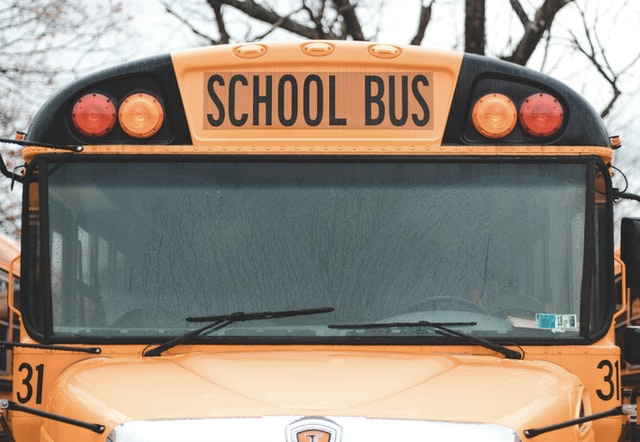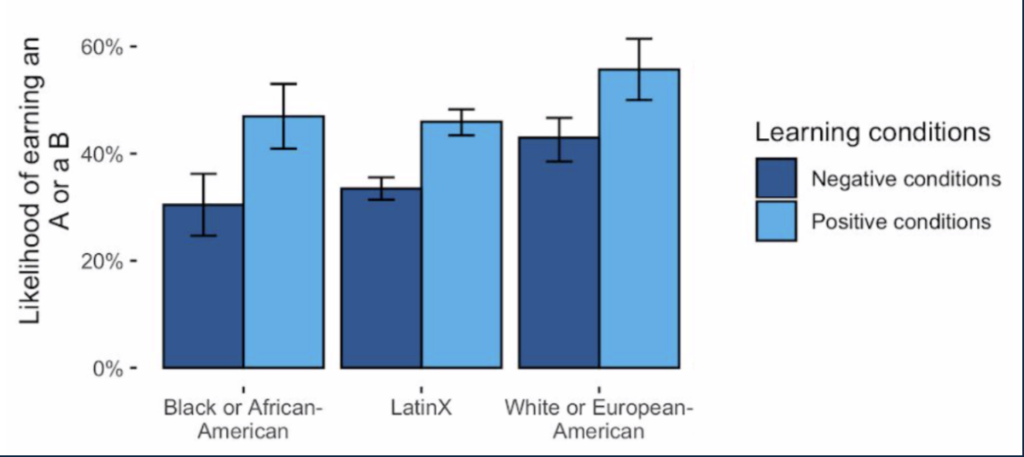[Cross-posted from the BELE Network Medium]
By The BELE Network
In the past month, educators across the country have grappled with the challenges posed by COVID-19, and are looking for ways to keep their students engaged through distance learning. The BELE Network previously heard from PERTS’ Dave Paunesku and Sarah Gripshover about how a team of teachers in Mineola, New York are using their Copilot tool to do just that, and the importance of authentically connecting with students to give and receive feedback in order to foster engagement.
In recognition of the great work being done during Teacher Appreciation Week, we followed up with these Mineola teachers to learn more about how Copilot is helping them connect with students, before and during COVID-19. Read more to see how they’ve transitioned Copilot remotely over the last month, and how it is informing their efforts to engage with and support their students during COVID-19. The following transcript of that conversation has been lightly edited for clarity.
Participants:
- Jenn Maichin: Teacher Leader
- Amy Trojanowski: Mineola Middle School Assistant Principal
- Staci Durnin: 6th Grade Math Teacher
- Heather Hazen: 6th Grade Math Teacher
- Michele Frascogna: 6th Grade Math Teacher
- Courtney Serio: Middle School Reading Specialist
- Anthony Tramonte: 6th Grade ELA Teacher
- Leslie Van Bell: 6th Grade ELA Special Ed. Teacher
- Sarah Gripshover: Director of Research, PERTS
_______________________________________________________________
BELE: What are some of your top learnings and takeaways from your implementation of the Copilot program with your students?
Heather: It’s good that we started this conversation about feedback when we did. Prior to that, teachers would give students feedback, but students either didn’t recognize it or didn’t know what to do with it.
Jennifer: Exactly, the benefit of starting this process before the onset of COVID-19 is that we were able to deliberately focus on this aspect from the beginning. After going through the first cycle of Copilot feedback, we realized that students didn’t understand the feedback process, and so we created lessons designed to teach students the meaning and purpose of feedback as well as how to recognize the types of feedback. We also created follow up lessons that focused on identifying and practicing how to give and receive feedback. Now our students understand why feedback is so valuable, both for them and us!

Heather: Starting this process early also allowed us to build a positive, honest relationship with our students — one where students feel empowered to speak out, respond to emails, and offer their thoughts. This has been incredibly useful during distance learning because it allows us to adapt our teaching for the better, and students are happier and more productive because of it.
Michele: I’ve experienced the same thing with my students. After transitioning to distance learning, the data shows that students are recognizing the value of this deliberate effort to engage with them, because they can see me listening to their feedback and responding to their needs. This in turn means they’re more likely to speak up and offer even more feedback. They can tell that I care about them at this difficult time, and they appreciate that.
Anthony: One of the major challenges teachers are facing is keeping their students engaged and motivated right now. By incorporating my student’s feedback into my teaching, I’m actually seeing a higher level of engagement and motivation from my class. I’ve also found that it’s important not to treat this as “business as usual,” you have to connect with your students on an emotional level so you can assess their needs week-to-week. This lets you meet students where they are, and be a better teacher for them. When I see my students signing off with a smile on their face, knowing that they were heard — well that’s all we can ask for as educators.
Staci: Not only do we hear this from the students, but the parents as well! We see emails every week from parents thanking us for what we’re doing for their children. It’s so validating to see this response from both the students AND their parents.
Courtney: Going back to what Anthony said about acknowledging that this isn’t “business as usual,” it’s important to recognize that this is typically a fun part of the year for our students. They look forward to field trips, and 7th grade graduation, and other end of the year celebrations — all of which have been canceled. This is a frustrating, emotional, and disappointing time for all of us, so I’ve seen the value in spending the first few minutes of class checking in with them so that they know that we share those feelings. Despite all of that, I’ve seen a remarkable level of maturity from my students — they understand why all of these precautions are necessary.
Amy: I want to say how impressed I am with our teacher’s ability and willingness to tackle these challenges head-on. It’s worth noting that all of their deliberate focus on feedback has resulted in increased engagement from our students, and they have truly bought into their classes. As Assistant Principal, I interact with all teachers and classes, and seeing how Copilot’s feedback process has created a strong connection and investment between students and teachers is incredibly validating. This is a success on both an emotional and academic level.
Michele: That’s a great point Amy, many teachers are struggling to get their students to attend virtual classes — I’m not having that problem. We’ve created an environment where students want to show up, on camera, every day to interact with their teachers and peers.
Heather: I’ve seen the same thing in my class! Students are messaging each other outside of class about their schoolwork and telling me about it later. I’m glad to see them maintaining these interactions, albeit from a distance.
BELE: How else has the Copilot program helped to smooth the transition to distance learning for your students?
Heather: I’ve found that utilizing a “stars and steps” strategy is very helpful. Stars and steps is a strategy that was suggested by Copilot as part of our feedback cycles. We give our students praise on what they did well, and then offer constructive steps they can take to improve further.
Staci: I agree, giving them actionable steps for improvement is especially important now that we aren’t in the classroom with them every day. This is more time intensive for us, but we can see how useful it is for our students.
Leslie: We’ve also been able to track how our students are feeling via Google Forms. Students are giving us real-time updates throughout the week, and these response forms are constantly spitting out data that we can use to improve our teaching and emotional support for our classes.
Staci: These periodic check-ins also help us connect with our students because we can use specific things going on in their lives as discussion starters. We can ask students how their visit to grandma was this past weekend, or see if they had fun at family game night.
Heather: I’ve also found it’s important to encourage students to use this time to improve at extracurricular activities they’re interested in. If they want to spend some time getting better at their favorite video game, we give them credit for that!
BELE: Can you speak more to how your students have been responding and adapting to different challenges right now?
Leslie: It really depends on the student — some are directly affected by COVID-19 and are grieving the loss of loved ones. Our Copilot daily check-ins have given us greater insight into their individual situations so we can be more sensitive to their experiences.
Michele: I’ve heard my students talk about how staying organized has been a struggle for them. They have the time, but they’ve never had to keep track of when to attend meetings or classes and do homework. That’s a skill many students don’t have to work on until college! From that feedback, I was able to put together a weekly planner to help keep them organized day-to-day. I also encouraged them to schedule time to do things they enjoy, like watching movies or going outside. This helped them visualize how they can best use their time, and use the planner to balance school work and play.
Courtney: After Michele shared that with us teachers, I followed up with my students and heard similar feedback. From there I was able to go through a planning lesson with them and give them the tools to succeed. The cool part is now that they know how to organize their work, they like that they don’t have to pile it all into one day! They can make a schedule that works for them.
BELE: One recurring theme we’ve been seeing is that not all students have equitable access to distance learning tools like Wi-Fi or laptops. How have you taken steps to ensure that your students have access to the resources they need right now?
Leslie: As a district, we’re incredibly fortunate to have a 1:1 iPad initiative for our students — so everyone was able to gain access relatively easily.
Jennifer: I want to jump in quickly to emphasize that Mineola is not a particularly wealthy district. This is a vision that has been years in the making, to create this kind of environment for our students. With the onset of COVID-19, it meant that we were well prepared for the transition to distance learning.
Amy: To echo what Jennifer said, this is my 5th year in the district and this initiative started well before my time. Our commitment to blended learning that integrates technology to create personalized learning experiences for students has resulted in a digital ecosystem that is both extensive and familiar at this point. We’ve had iPads and applications embedded in our workflow and communications for so long that this transition was manageable and not limited by technology, rather enhanced. However, that’s not to say that everything was perfect from the start. There were still students without consistent internet access and fortunately we were able to partner with local providers to bring hotspots to students in need. This is also where Copilot feedback comes in handy — it serves as another valuable tool to understand where students are emotionally and helps us to identify areas of need in order to improve their working conditions and overall experience.
Staci: It’s also important to note that ensuring access is a case-by-case process. One example that comes to mind is a student with divorced parents who was moving back and forth between his mother and father. We know that his mother has been diagnosed with COVID-19, and we haven’t been able to contact the student, or get him to attend class. We’re still able to send him messages via email and through various apps on his iPad while working with social workers and other support systems to make a connection.
Heather: And even though he’s not online we can still see these consistent messages of support that we’re sending to him. He can see that we care, and that we haven’t given up on him — that means something. He finally came on today after two months, we were so overwhelmed with happiness to see him. He was positive and was quickly able to rejoin our community.
BELE: In closing, is there anything else you’d like to share about your experiences these past few months?
Jennifer: I want to highlight the incredible effort that teachers have put in to make this happen. There is a deliberate focus on understanding the needs of our students, and responding effectively. It’s an amazing thing.
Sarah: The piece that stands out to me is that it may have been PERTS that developed the Copilot infrastructure, but it’s the teachers who have managed to continue building on our work. I’m glad our infrastructure didn’t hold you back!
Jennifer: That’s absolutely the case, Copilot has allowed us to be our authentic selves and didn’t put us in a one-size-fits-all box. The last thing I want to offer is this: implementing such a program can be a substantial undertaking, and some teachers might say that they don’t have time for it. However, the return on our initial investment has been enormous, and taking the time to reflect and address student feedback has created learning environments that are dramatically improved in the long run. Our students see this, they respect it, and they’re ready to show up because of it.
_______________________________________________________________
The BELE Network extends our sincere thanks to this exceptional team of Mineola Middle School teachers and administrators for taking the time to share their learnings with us. During Teacher Appreciation Week 2020, and every other week, we appreciate the great work teachers across the country are doing in order to support their students.
PERTS (Project for Education Research that Scales) is a nonprofit organization that helps educators apply evidence-based strategies in order to advance educational excellence and equity on a large scale. You can learn more about Copilot and the other work that PERTS is doing at PERTS.net
The BELE Network is dedicated to reimagining our inequitable school system that has failed too many for too long, and is committed to transforming our classrooms into learning environments that nurture the intellectual, emotional and cultural growth of all students — especially students of color.
Learn more about BELE on our website, and access our resource library to make your learning environments more equitable.



